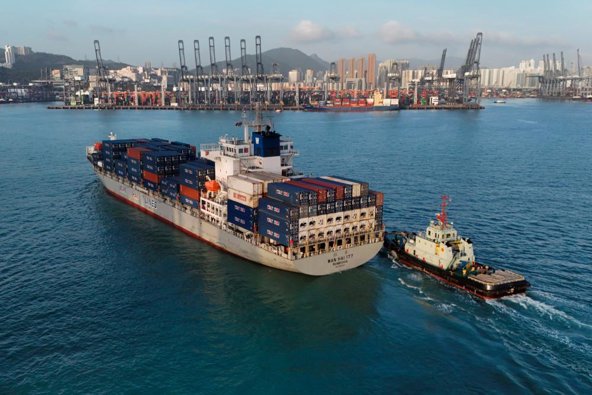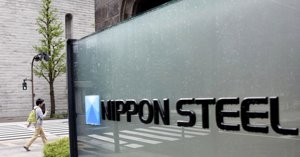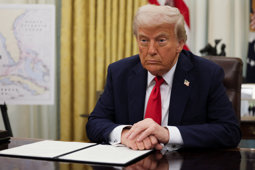
US Sets Port Fees on Chinese Ships
The administration of United States President Donald Trump has announced a new set of port fees targeting Chinese-built ships that dock at American ports. The tariffs, scheduled to take effect in mid-October, are part of a broader effort to address concerns over China’s influence in the global shipping industry and safeguard American economic security.
Speaking on behalf of the administration, United States Trade Representative Jamieson Greer stated, "Ships and shipping are vital to American economic security and the free flow of commerce." He added that the measures are designed to "begin to reverse Chinese dominance, address threats to the US supply chain, and send a demand signal for US-built ships."
The new fees stem from an investigation originally launched under the previous administration of former President Joe Biden. That investigation concluded that certain acts, policies, and practices by China were unreasonable and placed undue burdens on US commerce.
By introducing these fees, the Trump administration aims to shift commercial incentives back toward domestic shipbuilding, strengthening the national industrial base while reducing dependency on foreign manufacturing, particularly from strategic rivals like China.
This move aligns with the administration’s broader economic strategy, which includes reinforcing domestic production capabilities and defending critical supply chain sectors. The fees will apply specifically to ships built in China, regardless of the country of the vessel's registration or operator, provided they dock at US ports.
The decision is expected to generate mixed reactions from global shipping companies and trade partners, but officials insist it is a necessary step to maintain long-term economic resilience. The administration has not ruled out additional maritime or trade actions in the future as it continues to evaluate foreign influence on key infrastructure and industries.
With implementation set for October, port authorities and logistics providers are now preparing for procedural changes, while US shipbuilders may soon benefit from a renewed wave of demand.






